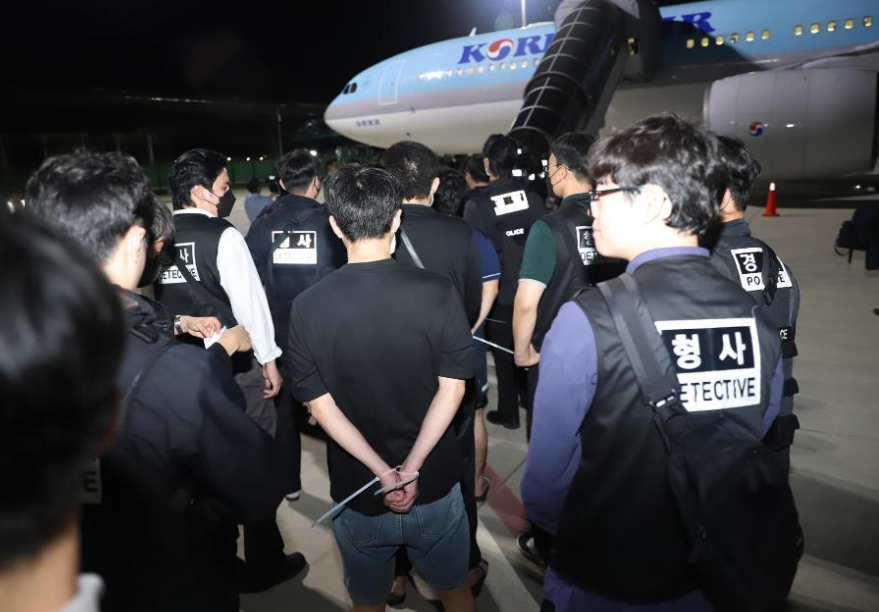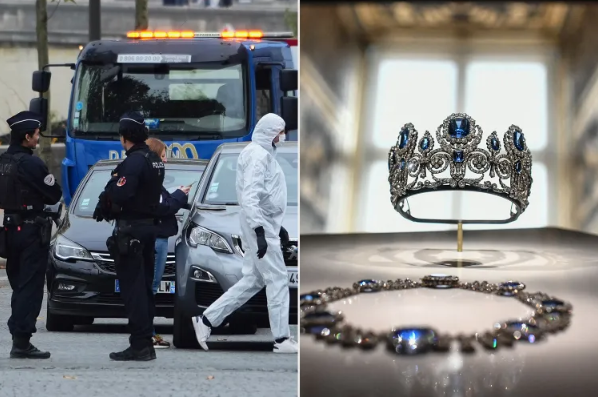The “mountain” of divine arrival has evolved into a mobile float.
On the day of the festival, the gods ride in palanquins to tour the lands inhabited by the clans (residents who worship the same clan god). Along with the palanquins, gods and humans ride together, and locals offer offerings to the gods including yako (musical accompaniment for Noh and Kabuki), puppet shows, local Kabuki (Kabuki performed by amateur village actors), and Japanese dances. While the palanquins are almost always modeled after shrines, the palanquins vary greatly. Most have four wheels, a double-decker structure, and a karahaki arched roof. The names for the palanquins differ by region; in some places they are called “yatai,” “yama,” “hikiyama,” or “danjiri.”
It is generally believed that the float (Japanese: “yamasha”) originated from the “Daijosai” (Great Thanksgiving Festival). The Japanese imperial court had a long-standing tradition of holding the “Niijomesai” on November 23rd, offering newly harvested rice to the gods as a gesture of gratitude. The first Niijomesai held after each emperor’s ascension to the throne was called the “Daijosai.” During the Daijosai, people would create a “biaoyama” (mountain marker) out of paulownia wood, modeled after a mountain, to attract the spirits.
In folk festivals, people used to build “mountains” to welcome the gods. These “mountains” later evolved into “mountain floats,” or mobile floats. The magnificent mountain lances of the Kyoto Gion Festival are one such example. Initially, only the lance floats participated in the procession. However, in 999, people began to carry mountain floats similar to the mountain lances used in the Daijosai festival to join the procession. It is said that this was the prototype of the mountain lance procession. Today, the number of mountain lances in the Kyoto Gion Festival has increased to 34.Hyogo “The Roaring Beach Festival”
(Himeji City, October 14-15)
The “Harashu Autumn Festival” in the Harima region of southwestern Hyogo Prefecture is very famous. The parade floats have huge, painted roofs. In particular, seven villages in the Nada region southeast of Himeji City used to participate in the “Nada Nosenka Festival,” each village having a beautifully decorated float with a black lacquered roof passed down through generations and displayed at the festival. The official name of the “Nada Nosenka Festival” is the “Matsuhara Hachiman Shrine Autumn Grand Festival.” Legend has it that in the 15th century, the local lord Akamatsu Masanori rebuilt the shrine, which had been destroyed in war, and the clan members held a celebration for it; this is the origin of the “Nada Nosenka Festival.”
The event lasted two days. On the first day, “Yomi-gū,” shrine platforms from seven villages were simultaneously carried to the shrine. Each platform weighed 2.5 tons and had no wheels, carried by 200-300 clansmen. Once a platform was carried into the shrine, the clansmen would challenge each other, shaking their platforms up and down in a “platform battle.” This was a major highlight of the event. The clansmen would press their platforms tightly against the others, then lift and push them. The giant platforms would collapse if they lost their balance even slightly, making the spectators’ palms sweat.
The next day, the “honmiya” stage was moved to the foot of Mount Mitsuyama, 1.6 kilometers west of the shrine, where the Ujiko (princes) competed in a stage battle in front of thousands of spectators.
Every few decades, each village rebuilds its rooftop platform. In 2014, it was a rare occasion for two villages to unveil their new platform simultaneously. At the time, the two platforms jostled and pushed against each other, neither willing to give way, and the onlookers dared not even breathe.
Another highlight of the day was the scene of three portable shrines colliding fiercely. Although the event was called “Henwa” (equivalent to fighting in Chinese), it was not a fight. The event recreated the legend of Empress Jingu, enshrined at Matsubara Hachiman Shrine, who, when leading her ships into battle, rubbed the hulls together to remove oyster shells stuck to the bottom of the ships.
Every year, the seven villages take turns sending people to carry the palanquin. The more damaged the palanquin, the happier the gods are, so the villagers, not wanting to lose to the other villages, carry it and ram it from morning till night. Even if the top of the palanquin has a hole, it doesn’t matter. The damaged palanquin is simply placed in the worship hall and taken over by the village responsible for the following year’s activities.
In the fishing villages of eastern Ehime Prefecture, the Niihama Taiko Festival is very popular. Even those who live away from home say, “Even if I don’t go back to my hometown for the Ghost Festival and the end of the year, I will definitely go back to participate in the Taiko Festival.” The event is magnificent, with about 150 people working together to lift the 5.5-meter-high, 3-ton taiko drum platform and parade it around, while young people beat the large drums on the floats.
Niihama has over 50 taiko drum stages, each with a canopy covered with stacked cushions called “ju,” and large tassels hanging around the edges. The most distinctive feature is the decorative curtain, adorned with a three-dimensional embroidered pair of male and female dragons facing each other. This exquisite piece, crafted with genuine gold thread by master embroiderers, is said to have cost tens of millions of yen.
The local autumn festival has a long history, with taiko drums appearing at the events in the first half of the 19th century. Initially, the drums were quite small. However, by the mid-Meiji era, the mining of the Besshi copper mines not only laid the foundation for the Sumitomo zaibatsu (financial clique) but also enriched the local people. Consequently, various regions competed to invest in making the drums increasingly luxurious.
On the 17th, approximately 20 taiko drums gathered at Yamane Stadium for a “United Lifting Competition,” the climax of the Niihama Taiko Festival. Under the watchful eyes of a packed audience, the drums appeared one after another, shaking violently up and down. Then, several drums were pressed together and lifted high into the air, before rotating in a row. The sight of hundreds of people moving in perfect unison was deeply moving, demonstrating that the sense of unity and cooperation displayed during the event truly existed within the local community.
That evening, the area in front of the Sumitomo Chemical Plant became the venue for the “United We Stand” competition, attracting a large crowd. Here, people carried taiko drums into battle, creating a tense atmosphere. Young men pushed through the crowd, clearing a space. Then, amidst the sounds of flutes and loud shouts, people clashed the drums together, making the ground rumble. The Niihama Taiko Festival, also known as a men’s competition, is magnificent and spectacular; its essence lies in this intense competition.
Nikko Toshogu Shrine (Nikko City, Tochigi Prefecture), built in the early Edo period, is renowned for its ornate carvings, including the Yomeimon Gate with 508 carved patterns and the “Sleeping Cat” and “Three Wise Monkeys” believed to have been carved by the legendary craftsman Hidari Jingoro. Kanuma, located 25 kilometers southeast of Toshogu Shrine, was once a post town (a town formed around a post station) on the route between Edo and Nikko. The skills of Toshogu Shrine craftsmen were introduced to the area, fostering a thriving local woodworking industry. The floats at the Kanuma Festival are famous for their heavy wood carvings, and the team that created them included a master craftsman who carved the twelve zodiac animals for the five-story pagoda of Toshogu Shrine.
The 27 ornately carved dais that appear during the Kanuma Imamiya Shrine Autumn Festival are known as the “Moving Yomeimon.” The Kanuma Autumn Festival began in 1608, during a severe drought. After people successfully prayed for rain, they erected dais and performed dances to express their gratitude.
On the first day of the event, 27 different shrines from various districts paraded through the area to Kōnomiya Shrine. Young women led the way, performing the “Teko-mai” dance. Their outer garments covered only one arm, leaving the other arm unbuttoned, and they wore kimono-style trousers and carried iron rods and castanets (traditional Japanese musical instruments similar to castanets). The men standing atop the shrines stood imposingly but motionless. After the worship, lanterns were decorated on the shrines, and people set off for the market under the cover of night.
On the two nights of the festival, numerous stalls gathered at the street intersection, creating a “collision.” However, this wasn’t a collision between stalls, but rather a collision of bowls. A major characteristic of the Kanuma Autumn Festival is its overwhelming accompaniment, which has even been called the “Kanuma Collision Festival.” Men endured the thunderous sounds all around them, listening intently with their eyes closed. The bowls of the stalls surged through their bodies like whirlpools, giving them a strange experience “as if entering outer space.”





